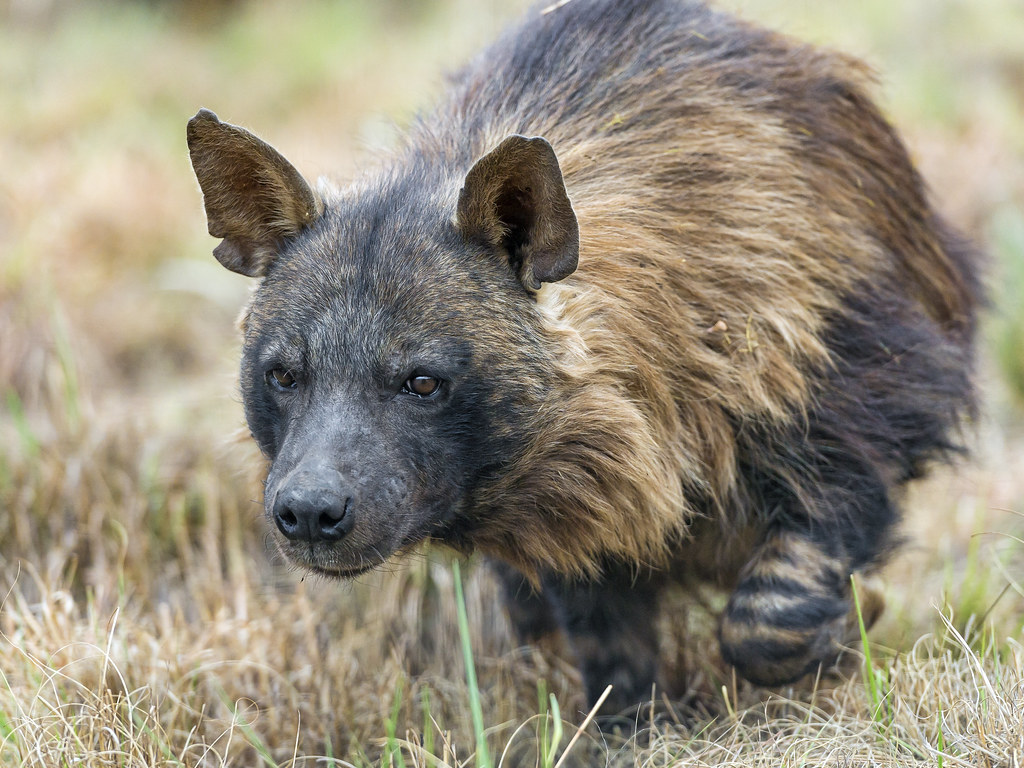International Hyena Day is celebrated annually on June 23rd, and it’s the perfect opportunity to learn more about this fascinating species. As a zoo keeper, I’m passionate about educating people on hyena conservation and raising awareness of their incredible adaptations. So let’s dive into some of the most exciting facts about hyenas!
General Facts About Hyenas
Hyenas are part of the Hyaenidae family, which includes four species – the Striped Hyena, Brown Hyena, Spotted Hyena, and Aardwolf. The spotted hyena is by far the most common and widely distributed species. They are in sub-Saharan Africa and Asia, typically inhabiting grasslands, scrubland, savannas, woodlands, and montane regions.
Physical Traits
The physical appearance of hyenas varies based on their species. Striped hyenas are the smallest but have large heads with powerful jaws to hunt prey. Spotted hyenas have grey or brown fur, black spots across their back, and short, stocky legs to help them navigate thick vegetation. Brown hyenas have a long mane down their backs that helps insulate them from extreme temperatures while providing camouflage in sandy habitats. Lastly, aardwolves look like striped hyenas but are adapted for semi-aquatic environments as they feed mainly on termites and beetles that live in these habitats.
Hunting Habits
Hyenas are carnivores with an appetite for large vertebrates such as zebra, wildebeest, and invertebrates (insects), depending on the species. For example, spotted hyenas often form packs that cooperate to hunt larger prey animals like antelopes; in comparison, striped hyenas tend to hunt smaller animals like birds and rodents alone or in pairs. They play an essential role in ecosystems by helping to keep populations of herbivores such as impalas in check.
Social Structure
Hyena social structures vary depending on the species but generally consist of females being dominant over males within a hierarchy known as a clan structure – similar to lions! Clan sizes are usually between 10-100 individuals, and groups have exclusive territories that overlap with other clans in areas where resources are abundant so they can share food sources without conflict or competition among themselves or neighboring families. These social behaviors help maintain stable population levels of these often misunderstood creatures!
Conservation Status
The conservation status of three out of four species (Brown Hyena excluded) has been assessed by the IUCN Red List: Striped Hyena is Vulnerable; Spotted Hyena is Least Concern; Aardwolf is Least Concern near threatened due to habitat loss caused by human activity such as urban development or agriculture expansion making sure we protect these vulnerable habitats is essential for preserving our beloved wild animals! Plus, we can celebrate International Hyena Day yearly by learning more about this unique creature!


